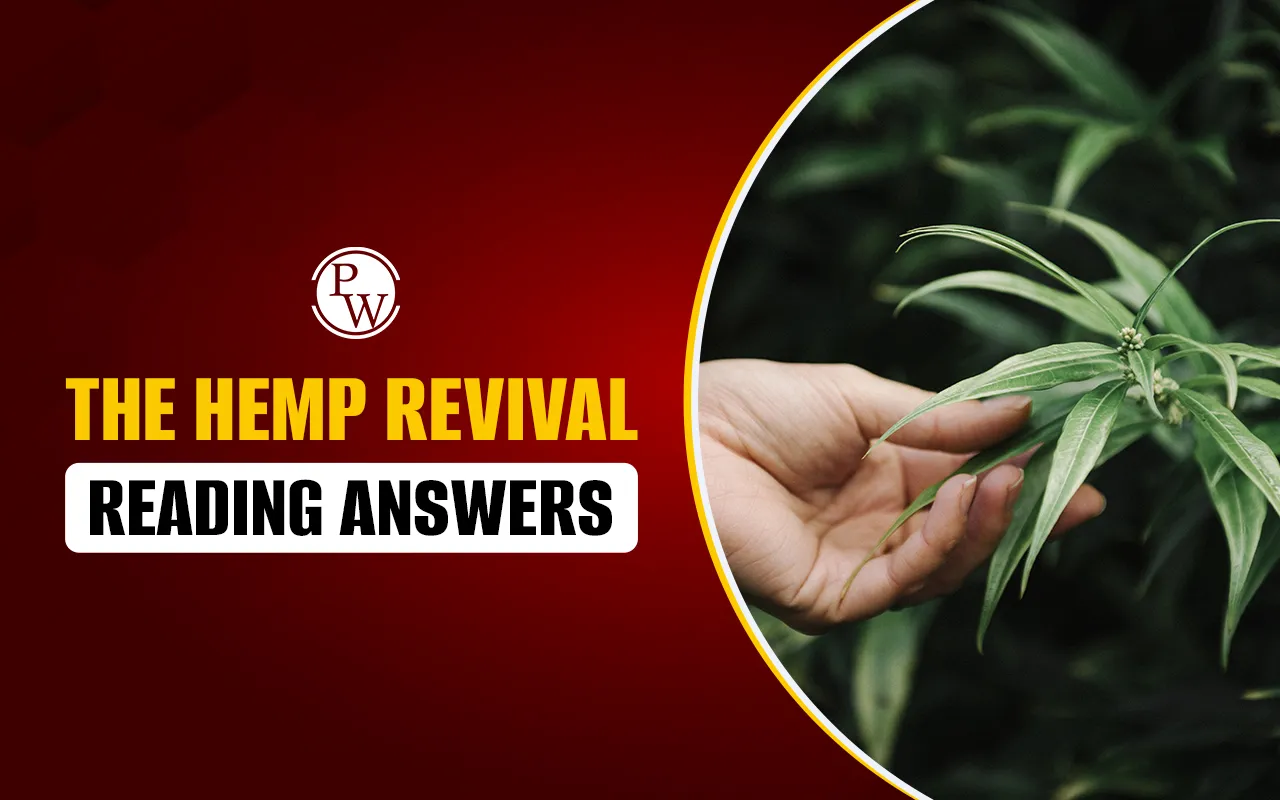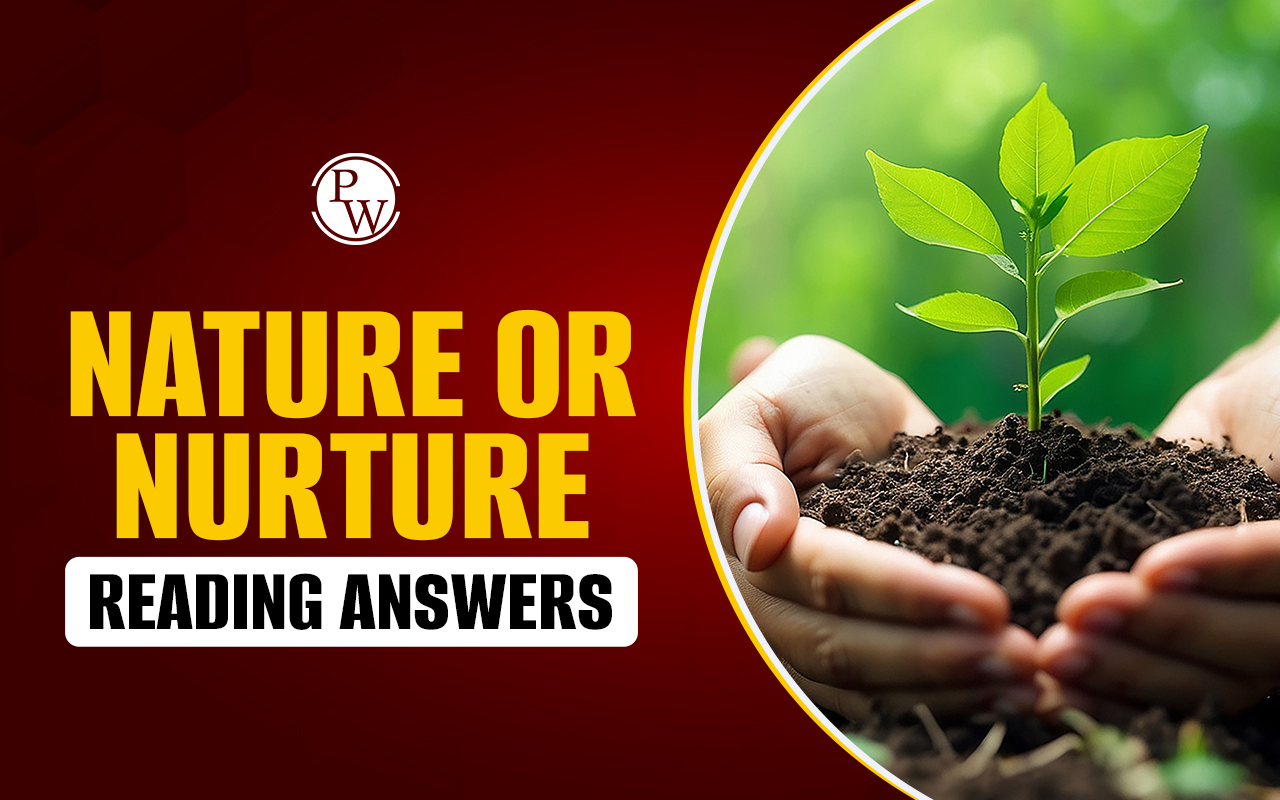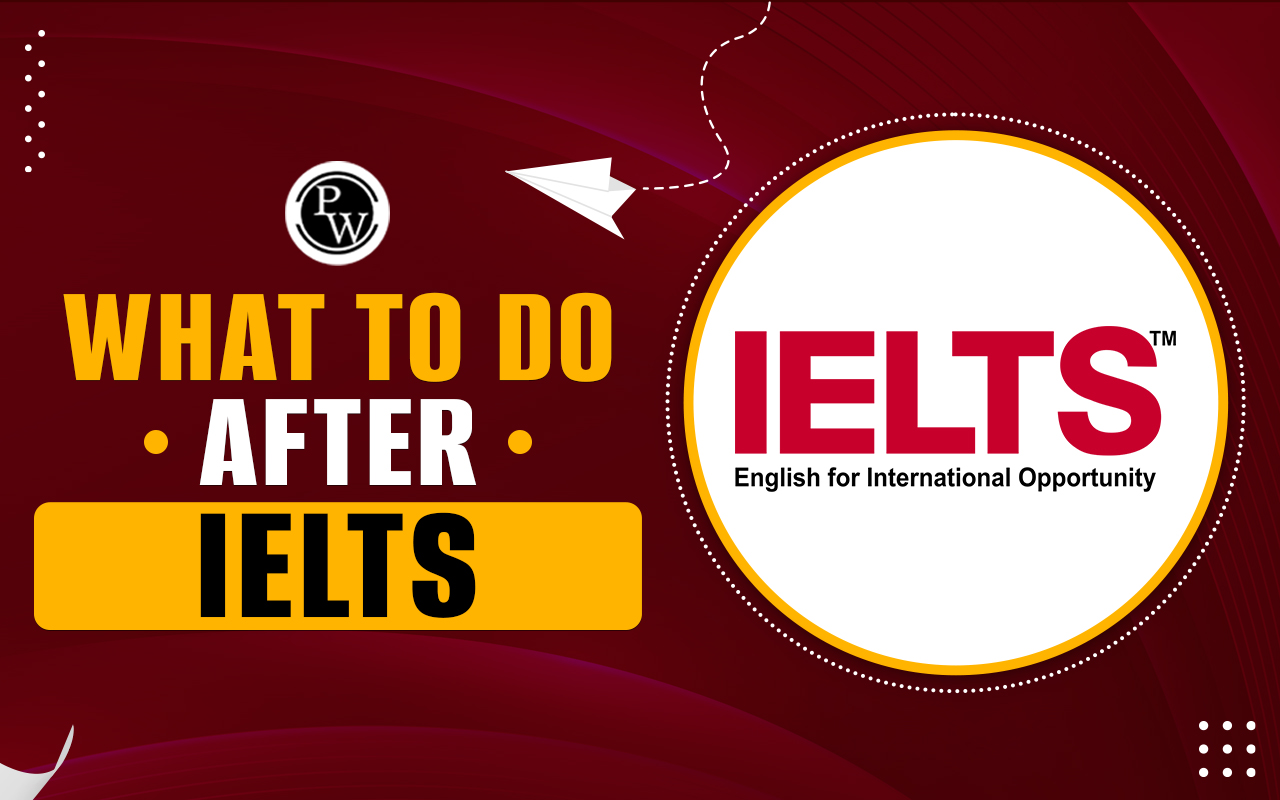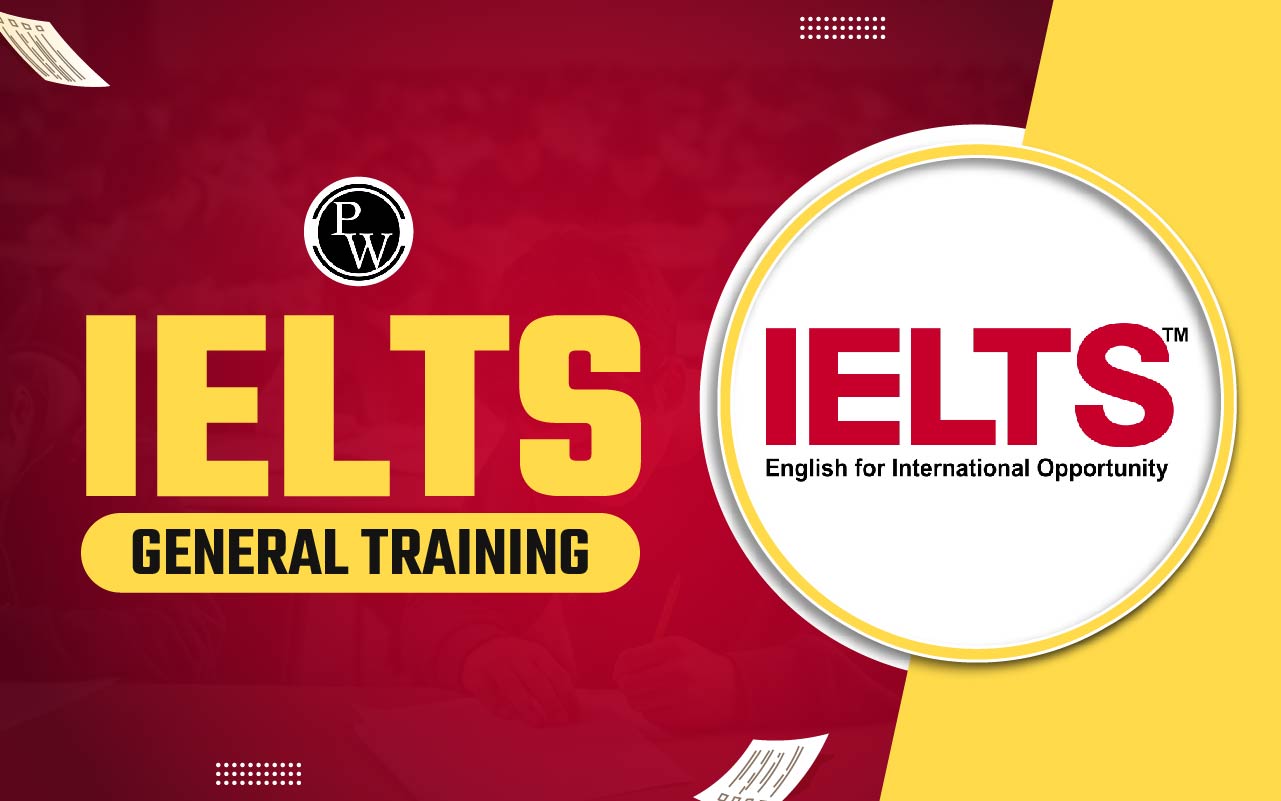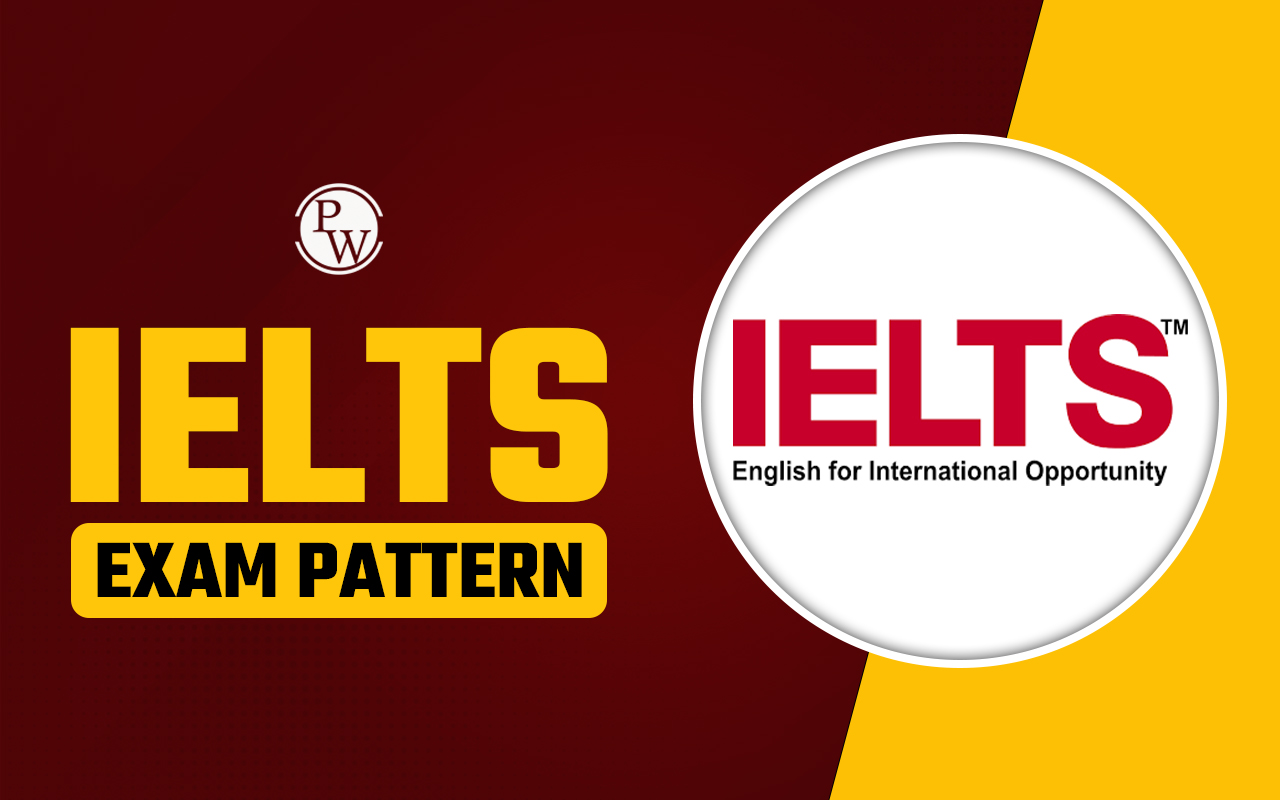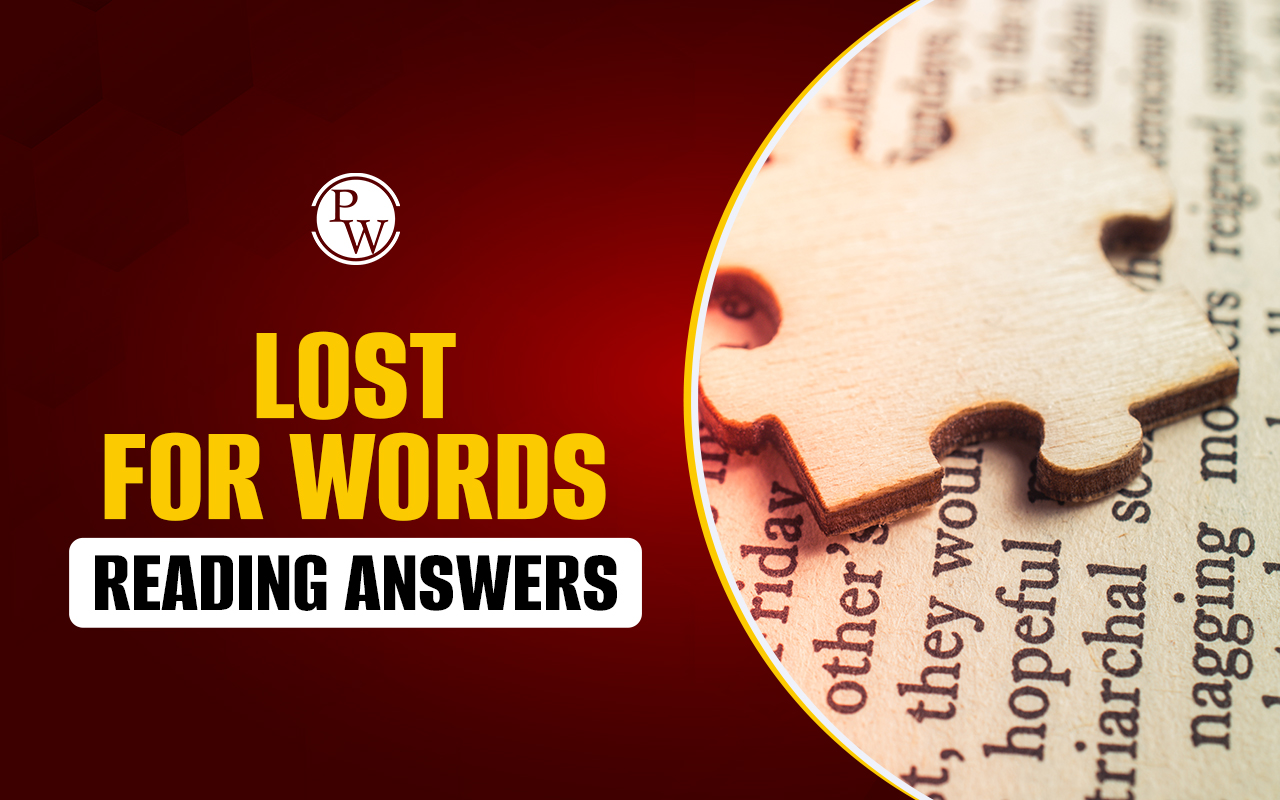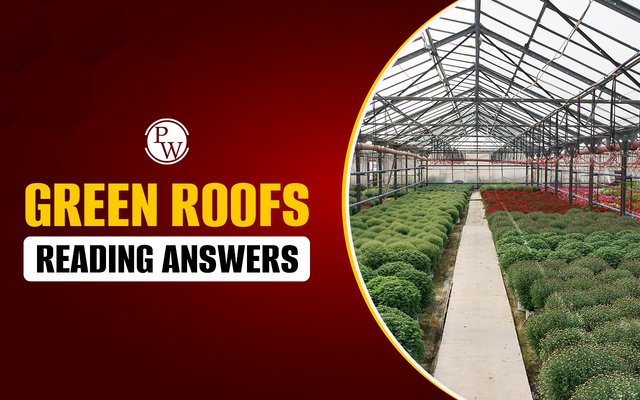

The Hemp Revival Reading Answer passage highlights the return of one of the world’s oldest crops. The hemp revival reading answers and the hemp revival reading questions explore its historical use, decline, and renewed global demand. This topic often appears in hemp industry IELTS reading or hemp cultivation IELTS passage sections, testing vocabulary and comprehension.
Learners can connect it with IELTS Reading topics like how to Handle Multiple Choice Questions in IELTS Reading, IELTS Reading Test Format, IELTS Reading Question Types, and IELTS Reading Sentence Completion Questions. Understanding the IELTS Reading structure is vital for boosting IELTS Reading Band Score.
IELTS The Hemp Revival Reading Passage
The hemp revival reading passage presents the story of hemp’s history, decline, and modern revival. It is widely used in hemp industry IELTS reading, and hemp cultivation IELTS passage practice. Learners can explore how this sustainable crop connects with environmental, economic, and cultural perspectives through IELTS reading exercises.
The Hemp Revival reading answers
The hemp plant, one of the world’s oldest industrial resources, is back. The rediscovery of this renewable resource is making it the fibre of choice for future textiles, personal care products, building materials, paper, and fuel.
Hemp has been grown for paper, textiles, food and medicine throughout human history. The earliest known woven fabric, made of hemp, dates back to the eighth millennium (8000-7000 BC). The majority of all sails, clothes, tents, rugs, towels, paper, rope, twine, art canvas, paints, varnishes, and lighting oil were made from hemp. Hemp seeds were regularly used as a source of food and protein for centuries.
Hemp’s drastic decline in use and importance within a matter of fifty years is widely considered to have been brought about by the timber and petrochemical industries in America. By the mid- 1930s, changes in technology were beginning to impact on the hemp industry. Mechanical stripping equipment and machines to conserve hemp’s high-cellulose pulp became available and affordable. Timber and paper holding companies stood to lose billions of dollars if hemp were to be grown on a large scale. A resurgence of the hemp industry also threatened the emerging petro-chemical companies which had patented the chemicals for pulp processing. Newspaper articles began to appear, linking hemp with violent crime. The term used, however, was ‘marijuana’ to distance it from hemp used for industrial purposes. Because few people realised that marijuana and hemp came from the same plant species, virtually nobody suspected that the Marijuana Prohibition of 1938 would destroy the hemp industry.
Supporting the theory that marijuana was banned to destroy the hemp industry were two articles written just before the Marijuana Prohibition, claiming that hemp was on the verge of becoming a super crop. These articles, which appeared in well-respected magazines, praised the usefulness and potential of hemp. ‘Hemp can be used to produce more than 25,000 products’, and ‘hemp will prove, for both farmer and public, the most profitable and desirable crop that can be grown.’ This was the first time that ‘billion dollar’ was used to describe the value of a crop. Less than one year after these articles were written, the Marijuana Prohibition took effect. To what extent a conspiracy was involved is still being debated, but the important thing is that for thousands of years, hemp was used extensively. Then, over a short period, it became illegal in many parts of the world.
Now, however, the focus is on the development of hemp as an industrial resource. Initially, a distinction needs to be made between the two types of hemp. ‘Cannabis has evolved into two basic species. Plants grown for fibre and seed are universally called hemp. Cannabis grown for its drug content is commonly called marijuana or drug cannabis. Drug-type cannabis varies widely in THC content from approximately 1-2% in unselected strains to 10% in the best modern varieties.’ (as cited from Watson 1994). Hemp contains virtually none of the active ingredients of drug-type cannabis (THC). It is not feasible to ‘get high’ on hemp, and most marijuana produces very low-quality fibre. Hemp should never be confused with marijuana, as their roles cannot be reversed.
It is evident that hemp is an extraordinary fibre. Both stems and seeds can be utilised. Most significantly, hemp can be grown without pesticides and herbicides. The plant also has the ability to suppress weeds and soil-borne diseases. Based on the hemp industries that have been established overseas, there is a large demand for hemp products and hemp is proving to be a highly profitable industry. On an annual basis, one acre of hemp will produce as much libre as 2 to 3 acres of cotton. The fibre is stronger and softer than cotton, lasts twice as long and will not mildew. Cotton grows only in warm climates and requires more water and more fertiliser than hemp as well as large quantities of pesticide and herbicide.
Hemp can also be used to produce fibreboard that is stronger and lighter than wood, and is fire retardant. Unlike paper from wood pulp, hemp paper contains no dioxin, or other toxic residue, and a single acre of hemp can produce the same amount of paper as four acres of trees. The trees take 20 years to harvest and hemp takes a single season. In warm climates hemp can be harvested two or even three times a year. On an annual basis, one acre of hemp will produce as much paper as 2 to 4 acres of trees. From tissue paper to cardboard, all types of paper products can be produced from hemp. The quality of hemp paper is superior to tree-based paper. Hemp paper will last hundreds of years without degrading and it can be recycled many more times than tree-based paper.
Today, industrialised nations around the world are waking up to the enormous potential of hemp. While some countries, like China and India, have never had laws against hemp cultivation, others are legalising industrial hemp after many years of lumping it together with marijuana. The products and fabrics that are emerging from the international hemp industry are finding strong demand in an eco-aware global community. Hemp is indeed an agricultural crop for the twenty-first century.
IELTS The Hemp Revival Reading Questions
The hemp revival reading questions test comprehension, vocabulary, and analytical skills. They are often designed around real IELTS exam formats, making them useful for practice. Students working with hemp industry IELTS reading or hemp cultivation IELTS passage topics will find these questions valuable for exam preparation and strategy building.
True / False / Not Given (Questions 1–5)
Do the following statements agree with the information in the passage?
Write TRUE if the statement agrees with the information, FALSE if it contradicts, NOT GIVEN if it is not mentioned.
-
The earliest known woven hemp fabric dates back to around 8000–7000 BC.
-
Hemp was banned in the 1930s mainly because of its connection with violent crime
-
The Marijuana Prohibition of 1938 had no impact on hemp cultivation.
-
Hemp plants naturally contain high levels of THC, making them suitable for drug use.
-
Cotton is less durable and requires more pesticides compared to hemp.
Multiple Choice Questions (MCQs) (Questions 6–9)
Choose the correct option A, B, C, or D.
-
What was the main threat to the timber and petrochemical industries in the 1930s?
A. Increasing global demand for cotton
B. Mechanical stripping equipment for hemp
C. Decline in paper use
D. Use of hemp seeds as food -
Which magazines described hemp as a “billion dollar crop”?
A. Scientific journals
B. Agricultural handbooks
C. Well-respected magazines
D. Local newspapers -
According to the passage, hemp paper is superior to tree-based paper because:
A. It degrades faster and is cheaper
B. It is recyclable many more times
C. It is widely used for tissue only
D. It requires chemical residue for durability -
In terms of cultivation, hemp differs from cotton because:
A. Hemp grows only in warm climates
B. Hemp requires large amounts of pesticides
C. Hemp can be grown without pesticides or herbicides
D. Hemp lasts a shorter time than cotton
Sentence Completion (Questions 10–12)
Complete the sentences below using NO MORE THAN THREE WORDS from the passage.
-
Hemp fibre is stronger and softer than ______.
-
Unlike trees, hemp can be harvested in a single ______.
-
Hemp was promoted as a ______ crop just before the Marijuana Prohibition.
Matching Information (Questions 13–15)
Match the statements with the correct section of the passage. Write the correct letter A–D.
Sections:
A. History of Hemp
B. Decline of Hemp Industry
C. Hemp vs. Cotton and Trees
D. Modern Hemp Revival
-
Describes how hemp can replace wood in producing fibreboard
-
Explains why hemp and marijuana should not be confused.
-
Highlights how hemp is being reintroduced globally as an eco-friendly crop.
IELTS The Hemp Revival Reading Answer
The hemp revival reading answers provide detailed explanations and correct solutions to questions from the passage. Reviewing these helps students strengthen accuracy and confidence. Whether practicing hemp industry IELTS reading or hemp cultivation IELTS passage, checking the answers ensures better understanding and improves overall IELTS reading performance and scores.
| IELTS The Hemp Revival Reading Answer | ||
| Q. No. | Answer | Explanation |
| 1 | TRUE | Passage states earliest woven hemp fabric dates back to 8000–7000 BC. |
| 2 | FALSE | Banned due to threat to timber/petrochemical industries, not mainly crime. |
| 3 | FALSE | Passage says Marijuana Prohibition of 1938 destroyed the hemp industry. |
| 4 | FALSE | Hemp contains virtually none of THC; drug cannabis has high THC. |
| 5 | TRUE | Passage: Hemp fibre lasts longer, needs fewer pesticides, unlike cotton. |
| 6 | B | Mechanical stripping equipment threatened timber/petrochemical profits. |
| 7 | C | Well-respected magazines described hemp as a “billion dollar crop.” |
| 8 | B | Hemp paper can be recycled many more times than tree-based paper. |
| 9 | C | Hemp can be grown without pesticides/herbicides; cotton requires them. |
| 10 | cotton | Passage: “The fibre is stronger and softer than cotton.” |
| 11 | season | Passage: “Hemp takes a single season to harvest.” |
| 12 | super | Passage: Hemp was described as a “super crop” before prohibition. |
| 13 | C | Hemp vs. Cotton and Trees – mentions fibreboard stronger than wood. |
| 14 | B | Decline section explains difference between hemp and marijuana. |
| 15 | D | Modern Hemp Revival – focus on global reintroduction and eco-demand. |
Guidance to PW IELTS Prep
IELTS Online Courses is a great initiative Physics Wallah took to help IELTS aspirants better prepare for the exam. Follow our below pages to learn more about the IELTS exam.| IELTS Reading Band Score | IELTS Listening Band Score |
| IELTS Speaking Band Score | IELTS Writing Band Score |
IELTS The Hemp Revival Reading Answer FAQs
What is the main focus of The Hemp Revival Reading Passage?
Why did hemp use decline in the 1930s?
How is hemp different from marijuana?
Why is hemp considered better than cotton?
What makes hemp paper superior to tree-based paper?

